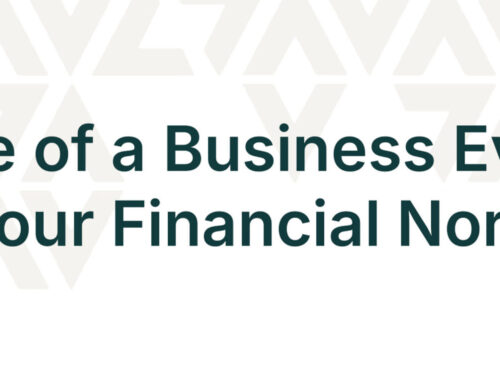
It can be easy to invest in the startup industry only to be blindsided by issues that could make or break a portfolio company’s future success. Be ready by supporting portfolios in identifying financial gaps early and often.
The most common financial gaps seen in high-growth startups include poor projections of churn rate, employee turnover rate and current revenue growth rate. Due to overwhelm and perhaps a false sense of control, many consumer-packaged goods (CPG) companies face unexpected inventory and supply chain issues from time to time, which can crater cash flow.
But what are the “hidden” financial gaps seen in high-growth startups? The ones lurking below the surface of the main financial picture, the ones that can creep up and tank growth and returns fast? Here are the financial gaps your portfolio companies’ founders might not see and a good first step to close each of those gaps:
Gap #1: Revenue Recognition
Are your portfolio companies using the right numbers to calculate revenue? If they are looking only at one lump sum of revenue at the top of a profit and loss then the answer is no. A good first step to closing this gap is to ask your portfolio companies a process question: “Can you walk me through, from point A to point Z how you are accounting for your revenue?” This assumes they have a process, and if radio silence ensues, it indicates to investor and founder alike that it is time to build a process. In some cases, the founder has a process, and the answer to the A-to-Z question illuminates where breakdowns might occur in the process or where steps may be missing. From this vantage point, investor and founder can work with the finance team to fill in the blanks.
Gap #2: Pipeline Management
When VCs neglect to invest time working with portfolio companies on pipeline management, revenue forecasts become pure fantasy. Again, the A-to-Z question comes into play. Ask, “Describe who is in the pipeline and what your process is, from A to Z, for converting leads to sales.” Dig into current revenue, of course, but also new revenue from known prospects only. Leave go-get revenue off the table, as this is where reality blurs into fantasy.
With a full outline of all real potential revenue in the pipeline, divide the portfolio further into revenue buckets. This exercise will expose any lurking risk in the revenue and business models and allow investor and founder to proactively mitigate emerging risks.
Gap #3: Churn Rate and Upsells
Investors want to know that founders are growing the current client base, yet assessment of this fact can often be subjective. The key is to gather mini case studies of client upsells along the way. In this case, the A-to-Z question becomes a two-part inquiry. First ask, “Show me A to Z how a client enters the company, what the account lifecycle is and when and why they might exit the company.” This will offer a clearer picture of churn rate. Then ask, “Tell me A to Z your process for upselling current clients.” This will uncover any missing links in the process and give a founder a solid foundation for building a stronger process for earning recurring revenue.
Stability is indicated by the ability for your portfolio companies to grow their customer bases. As an investor, you want eyes on number of active customers and data indicating that number is growing. Perhaps most importantly, they want to know that portfolio companies are keeping track of these metrics so gaps are readily identifiable and closed.
What it comes down to is this: investors want roadmaps to see precisely where growth is coming from for each of their portfolio companies. They want to see any potential dangers along the way. They also want to plan for a stronger infrastructure to navigate through, or ideally entirely around, any hidden dangers. This is what prepares founders to pivot from survival mode to thriving, scaling and successfully exiting.



